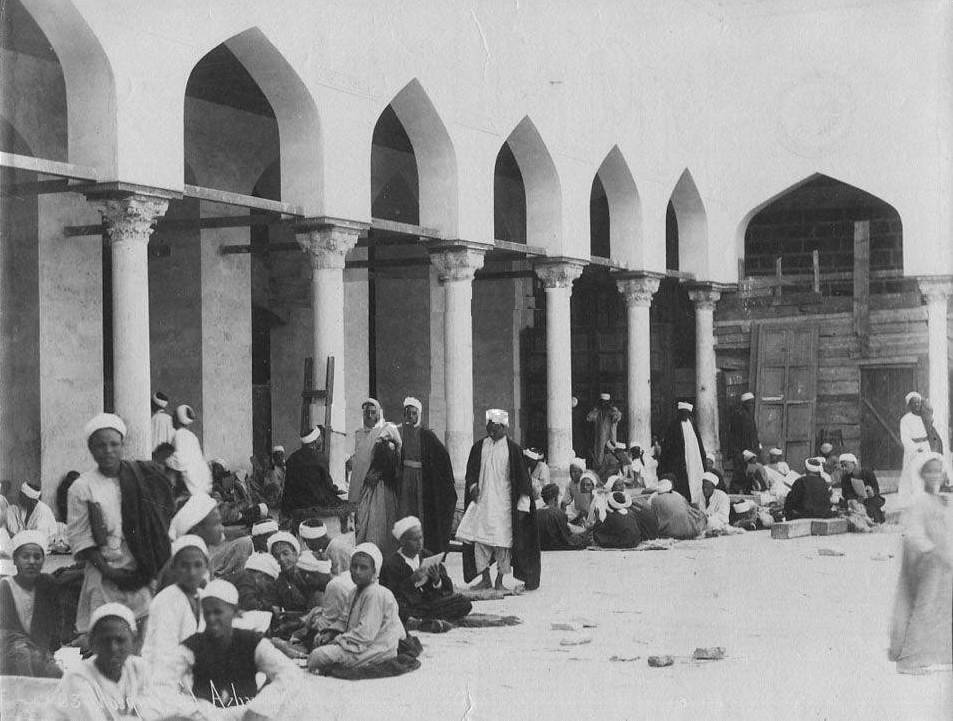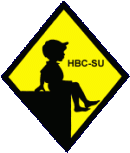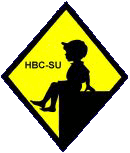
Figure 1.--This is the school attached to the Al Azhar Mosque in Cairo about 1880. Only boys were educated. Note the noys in circular Kuttabs. The photograph was taken by Sebah, a noted Ottoman photographer. |

|
Muhammad Ali, although appointed by the sultan to reestablish Ottoman control, proceeded to establish Egypt as a largely independent state. He is, as a result, regarded as the father of modern Egypt. Among the many reforms initiated was promoting education and the study of medicine. He founded the modern Egyptian educational system. He introduced a secular, modern philosophy infused with western ideas and the teaching of the sciences. He reorganized the military schools of his grandfather. His objective was to provide technically proficient individuals for his civil administration and military. He founded founded a dual system of education. One was to serve the boys attending traditional Islamic schools (Kuttab) and another called Madrasa (Arabic word for school) for the elite civil servants. This is of course different than the way 'Madrasa' is used today. The Kuttab taught students the basics of reading and writing through memorizing and reciting Koranic verses with no tradition of questioning or experimentation, problem solving or learning-by-doing. The Madrasa offered a more modern educational approach. His grandson, Ismail, significantly expanded the system by creating a network of public schools at the primary, secondary, and higher levels. It was Ismail's wife who opened the first school for girls (1873). Tewfik Pasha (Muhammad Tewfik) (toufēk' päshä'), khedive of Egypt (1879-92) acceded to office when his father, Ismail Pasha, was deposed (1879). Tewfik accepted joint French-British control over the nation's finances. This provoked a nationalist uprising that did not depose Tewfik, but forced him to appoint a cabinet prepared to resist European encroachments. The British and the French forced the new cabinet to resign. Britain alarmed by renewed agitation, bombarded Alexandria and landed troops (1882). This was the beginning of the Protectorate. Tewfik retained his position. He was generally Western in his outlook. The governing infrastructure of the Khedivate remained in place, although supervised by the British. Tewfik as Khedive devoted considerable attention to irrigation, educational and legal reforms. He did not intrigue against the British and believed the British could assist in the modernization of the country.In addition to secular schools. Islamic religious schools supported by the mosques continued to function. Tewfik was succeeded as Khedive by his son Abbas II.
Muhammad Ali was born in Kavala, Macedonia,at the time part of the Ottoman Empire (1769). Little is know about his origins, including his ethnicity. Mḥammad ʿAlī’s ethnic background is unknown, but there is a possibility that he was Albanian. There is not doubt that he was a Muslim and a subject of the Ottoman Empire. His father, Ibrahim Agha, commanded a small provincial military unit under the governor of Kavala. He died when Muḥammad ʿwas still as a boy. The governor took in Muhammad and raised him. He was married to one of the governor’s relatives when he reached 18 years. Arranged marriages were standard in the Arab world. Ali would father 95 with several wives. He pursued commercial activities, making considerable money in the tobacco trade. He also pursued a military career. Ali commanded an Albanian regiment in Egypt when the French invaded (1799). He attracted the Sultan's attention. He was was the pasha and viceroy of Egypt (1805–48) and founded a dynasty that ruled Egypt from the beginning of the 19th century to the middle of the 20th. It was under Ali that the modern Egyptian state emerged. Although appointed by the sultan to reestablish Ottoman control after the Napoleonic invasion, he, proceeded to establish Egypt as a largely independent state. He is, as a result, regarded as the father of modern Egypt.
At the time Muhammd Ali seized control of Egypt, schooling was dominated by the Kurrab, also called a Maktab. It was was a type of primary schooling with an Islamic foundation. It was not a Egyptian tradition, but a type of schooling prevalent throughout the Arab and wider Muslim world for centuries. At a Kuttab, boys, and only boys, learned the basics of reading, writing, grammar, and Islamic theology. There were variations, but in some Kuttabs, secular subjects might be presented. 【Asimov and Bosworth, pp. 33–34.】 But usually were not and when actually presented was a minor part of the program. You can see the Kuttabs outside the Al Azhar Mosque in Cairo--meaning the one of the most prestigious places in the entire Arab world (figure 1). Which is part of the reason, the Arab world became a scientific black hole. We are even unsure about math. The method employed a Muslim cleric teaches a group of boys arranged in a circle on the ground. This did not require a actual building. The teacher usually had a stick which was used to command attention. Only one book--the Holy Koran. The boys learned by memorized and reciting Koranic verses. Learning in the Kuttab is not involve questioning or experimentation, problem solving or learning-by-doing. This was basically the educational system which dominated the Arab world for centuries, part of the reason that the Arab world declined when the West began to thrive when the West began to rise wih the Renaissance. The Kuttabs were basically founded and supported by local mosques, but the only students that attended were those from families that afford to pay fees. This is why literacy rates and education in general was so limited in the Arab world. Notice that this was not something imposed upon the Arabs by the Europeans, in fact they were not even colonized until the (16th century) and the colonial power was fellow Muslims -- the Ottoman Empire. This level of education the vast majority of Arabs received, and Egypt was the most advanced of all the Arab lands. Until well into the 20th century, Kuttabs were the prevalent means of education in the Arab and much of the Islamic world.
The Madrasa offered a more modern educational approach. His grandson, Ismail, significantly expanded the system by creating a network of public schools at the primary, secondary, and higher levels. The prstige of Muhamma Ali and Egypt is why Islamic schools today are called Madrasss.
It was Ismail's wife who opened the first school for girls (1873).
Tewfik Pasha (Muhammad Tewfik) (toufēk' päshä'), khedive of Egypt (1879-92) acceded to office when his father, Ismail Pasha, was deposed (1879). Tewfik accepted joint French-British control over the nation's finances. This provoked a nationalist uprising that did not depose Tewfik, but forced him to appoint a cabinet prepared to resist European encroachments. The British and the French forced the new cabinet to resign. Britain alarmed by renewed agitation, bombarded Alexandria and landed troops (1882). This was the beginning of the Protectorate. Tewfik retained his position. He was generally Western in his outlook. The governing infrastructure of the Khedivate remained in place, although supervised by the British. Tewfik as Khedive devoted considerable attention to irrigation, educational and legal reforms. He did not intrigue against the British and believed the British could assist in the modernization of the country.In addition to secular schools. Islamic religious schools supported by the mosques continued to function. Tewfik was succeeded as Khedive by his son Abbas II.
Asimov, M.S. and Clifford Edmund Bosworth. (1999), The Age of Achievement Vol 4, (Motilal Banarsidass: 1999).
Related Style Pages in the Boys' Historical Web Site
[Long pants suits]
[Knicker suits]
[Short pants suits]
[Socks]
[Eton suits]
[Jacket and trousers]
[Blazer]
[School sandals]
Navigate the Boys' Historical Clothing Web Page
[Return to the Main Egyptian school page]
[Return to the Main British protectorate page]
[About Us]
[Activities]
[Chronology]
[Clothing styles]
[Countries]
[Debate]
[Economics]
[Garment]
[Gender]
[Hair]
[History]
[Home trends]
[Literary characters]
[School types]
[Significance]
[Transport and travel
[Uniform regulations]
[Year level]
[Other topics]
[Images]
[Links]
[Registration]
[Search]
[Tools]
[Return to the Historic Boys' School Home]
